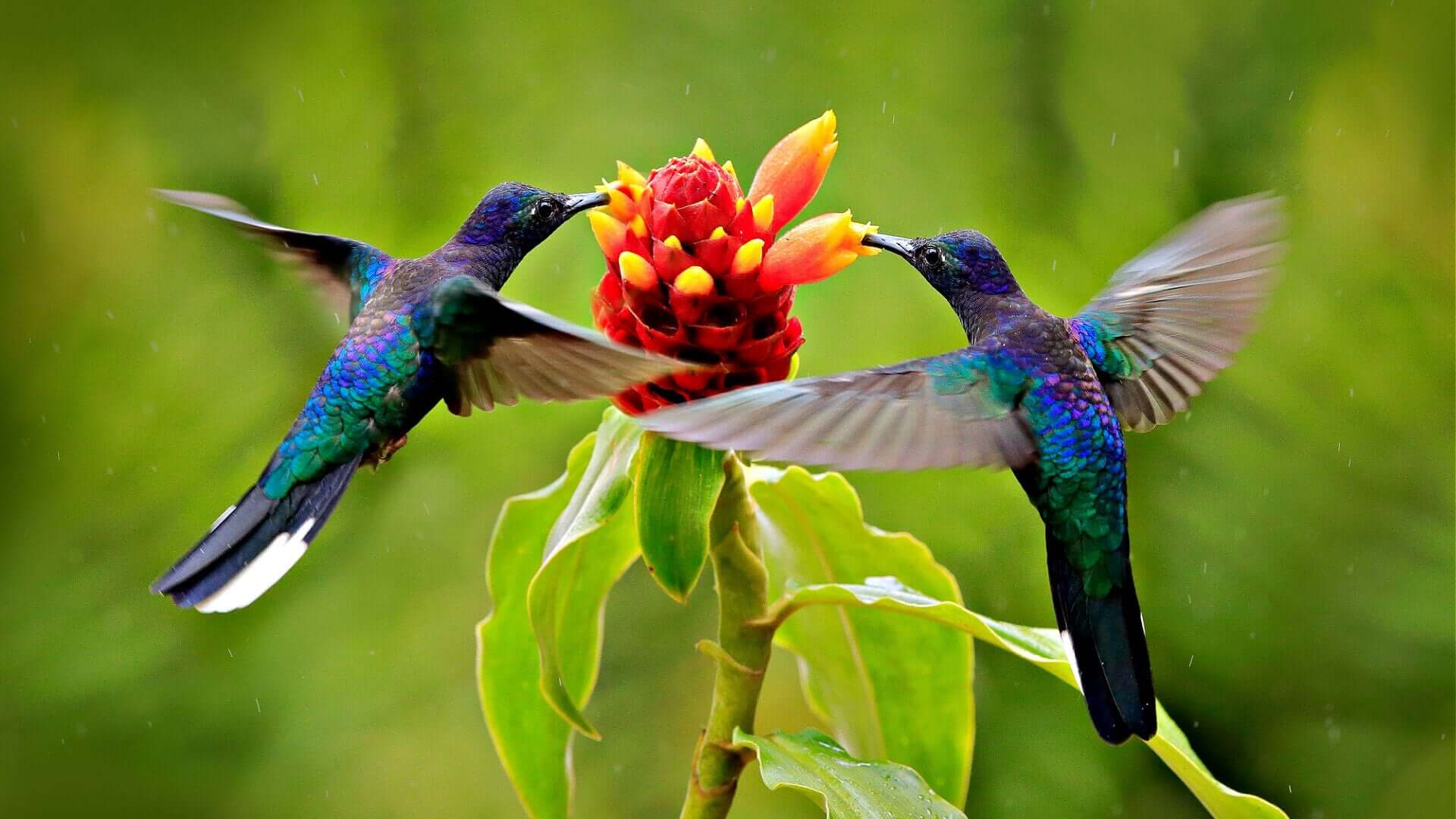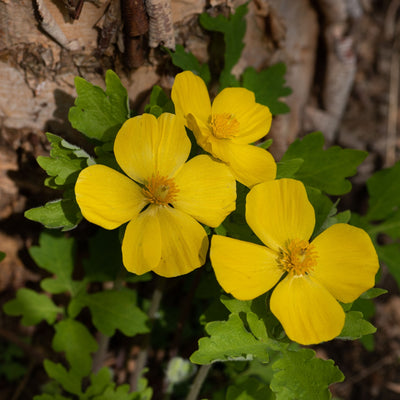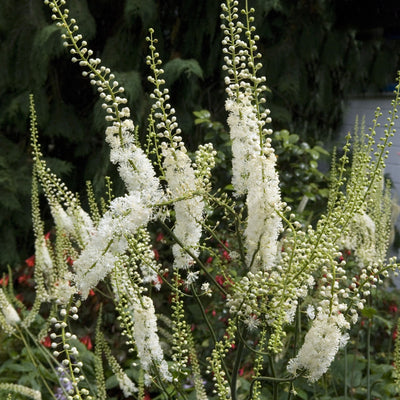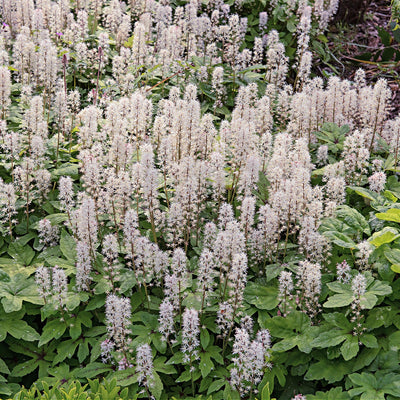The Importance of Native Plants in Landscaping for Wildlife Conservation
Landscaping with native plants can be a powerful tool to promote biodiversity and conservation efforts. Native plants have adapted to their region's specific environment over thousands of years, making them well-suited to the local climate, soil, and wildlife. As a result, they have formed unique and complex relationships with native animals, serving as a vital source of food, shelter, and habitat. In contrast, non-native plants, also known as exotic or invasive species, often lack these essential connections and can disturb the natural balance of local ecosystems. By choosing to landscape with native plants, we can create an endurable and thriving environment that supports local wildlife and preserves the natural world for generations.
By incorporating native plants in our landscapes, we can create a lush haven for wildlife, supporting local ecosystems and preserving biodiversity. These plants are an essential component of our natural surroundings and recreate a critical role in maintaining the delicate balance of nature. In this blog, we will look in-depth at the importance of native plants and how they can contribute to wildlife conservation through landscaping. We will delve into five captivating native plants - Larkspur (Delphinium), Black Cohosh, Jack in the Pulpit, Evening Primrose, and Foam Flower. Together, we will explore their unique characteristics and how they can support and sustain local wildlife populations.
Larkspur (Delphinium): A Magnet for Pollinators
Larkspur, known by its scientific name Delphinium, is a magnificent and captivating native plant that catches the eye with its tall, majestic spikes of vibrant flowers. These blooms come in a spectrum of colors, from deep purples to bright blues and pinks, and their delicate petals are adorned with intricate patterns that add to their beauty. As well as being visually appealing, Larkspur is a haven for pollinators, including bees, butterflies, and hummingbirds, who are drawn to the nectar-rich blooms. During the summer months, when food sources can be scarce, these creatures rely on the abundant nectar of Larkspur to sustain them.
Larkspur is a beautiful flowering plant that you can incorporate into your landscaping to create a welcoming environment for pollinators. These creatures, such as bees and butterflies, are vital for pollinating many plants, including food crops. By providing a safe and nourishing habitat for them, you are indirectly contributing to the production of the food we eat. Additionally, supporting pollinators positively impacts the entire ecosystem, as many other animals depend on the fruits and seeds produced by pollinated plants. So, adding Larkspur to your landscape enhances its beauty and helps maintain a healthy and thriving ecosystem.
Black Cohosh and Jack in the Pulpit: Medicinal Plants that Benefit Wildlife
Black Cohosh (Cimicifuga racemosa) and Jack in the Pulpit (Arisaema triphyllum) are two fascinating native plant species in North America with a rich history of traditional medicinal use by indigenous peoples. Black Cohosh is a perennial herb that can rise up to six feet tall and produces tall spikes of white flowers in the late summer. These blossoms lure pollinators such as bees, butterflies, and moths, making them essential for local biodiversity. On the other hand, Jack in the Pulpit is a unique plant with an unusual appearance. It has a hooded spathe that encloses a spadix, a spike covered with tiny flowers. The plant's leaves are trifoliate, meaning they have three leaflets and can grow up to two feet tall. These two native plants are valuable for human fitness and recreate a vital role in supporting wildlife in their ecosystem.
Additionally, both Black Cohosh and Jack in the Pulpit produce berries that serve as a food source for various birds and mammals. By planting these native species in your landscape, you're providing nourishment for local wildlife, which is especially important during the winter months when food can be scarce. These plants can entice a diverse range of creatures to their surroundings. The melodious chirping of robins and thrushes can be heard as they flit about while small mammals like chipmunks and squirrels scurry around the foliage for food. The presence of these plants brings life and vitality to the environment, creating a natural wonderland.
Evening Primrose and Foam Flower: Aesthetic Appeal and Wildlife Benefits
The magnificent Evening Primrose (Oenothera biennis) and the charming Foam Flower (Tiarella cordifolia) are two enchanting native plants that enhance the visual appeal of the surroundings and offer significant advantages to the local wildlife. The Evening Primrose boasts of its vivid yellow flowers, which dramatically open up in the evening, attracting many moths and other nocturnal pollinators. With their fragile wings, these moths flutter around the flowers and sip nectar, serving as a critical source of nourishment for nocturnal creatures, such as bats. Bats are instrumental in regulating the population of insects, and the moths serve as an indispensable food source for them. The Foam Flower, with its small yet striking white and pink flowers, is a humble plant that is a favorite of bees and other pollinators, providing them with a reliable food source.
On the other hand, Foam Flower is prized for its delicate, feathery white flowers that create a carpet-like effect in shaded areas of the garden. These plants are famous for native bees, including bumblebees and mason bees, and are essential in pollinating wildflowers and crops. By cultivating Foam flowers, you're providing habitat and sustenance for these crucial pollinators.
Incorporating native plants like Evening Primrose and Foam Flowers into your landscaping adds a touch of beauty to your outdoor space and has numerous environmental benefits. These plants are well adapted to your regional weather and soil, making them easier to grow and maintain. They provide habitat and food for local wildlife, such as birds, butterflies, and bees, helping sustain the ecosystem's delicate balance. The deep root techniques of native plants benefit from preventing soil corrosion and enhancing water grade by absorbing excess nutrients and pollutants. By choosing to include native plants in your landscaping, you are positively impacting your community and contributing to the planet's health.
Landscaping with native plants is a beautiful way to contribute to wildlife conservation while beautifying your surroundings. Native plants have evolved alongside local wildlife and thus offer a more sustainable and effective solution for supporting biodiversity. These plants provide essential resources such as food, shelter, and habitat, which are vital for the survival of various creatures. By choosing to incorporate native plants like the vibrant Larkspur (Delphinium), the elegant Black Cohosh, the fascinating Jack in the Pulpit, the alluring Evening Primrose, and the delicate Foam Flower into your landscape, you create a welcoming sanctuary for pollinators, birds, and other creatures. Your garden will become a thriving ecosystem, contributing to preserving the ecological balance and the beauty of the natural world.
Imagine colorful flowers blooming in your garden, attracting butterflies and bees while also serving as a crucial source of food and shelter for local wildlife. The role of these plants goes beyond just aesthetics; they play a vital part in maintaining the delicate balance of our local ecosystems. As we face ongoing challenges in wildlife conservation and habitat preservation, the choices we make for our landscapes can significantly impact the environment. By selecting native plants, you become a steward of the natural world, helping to save wildlife one garden at a time.




